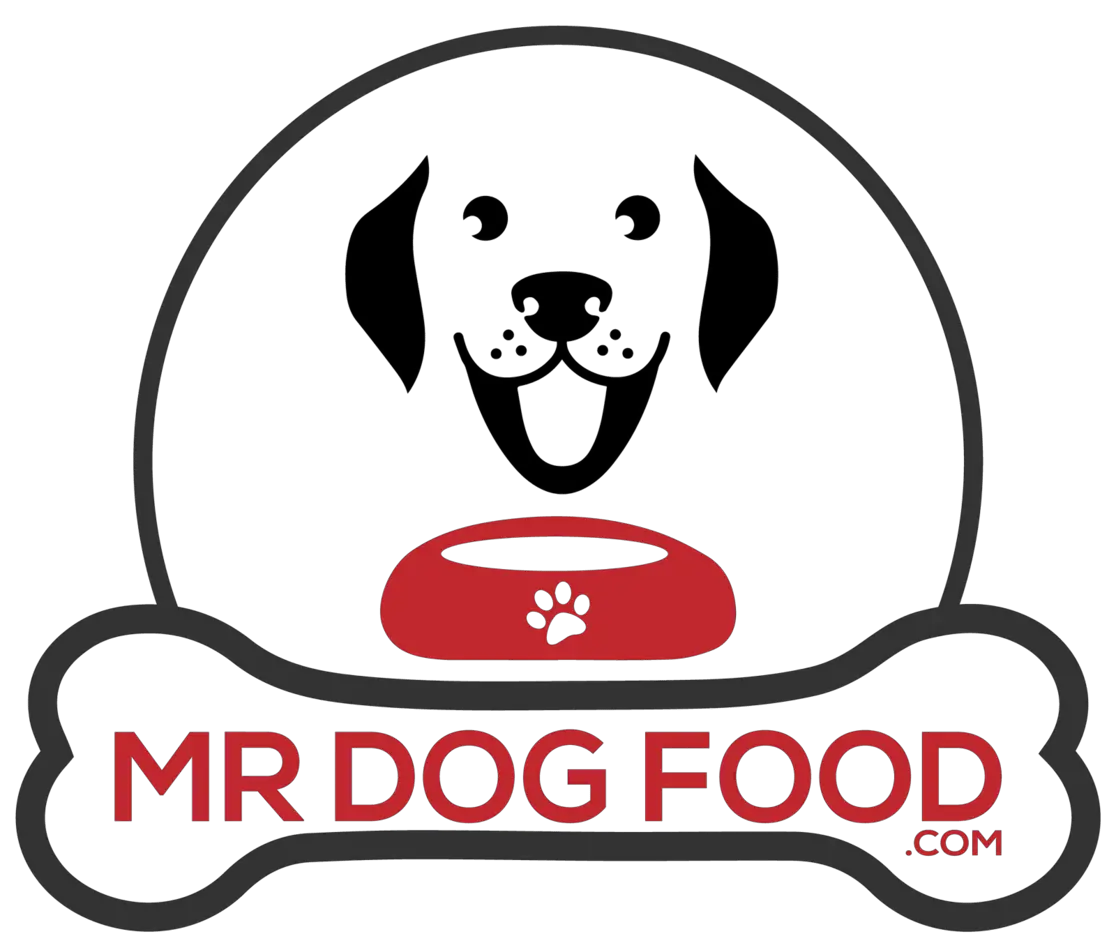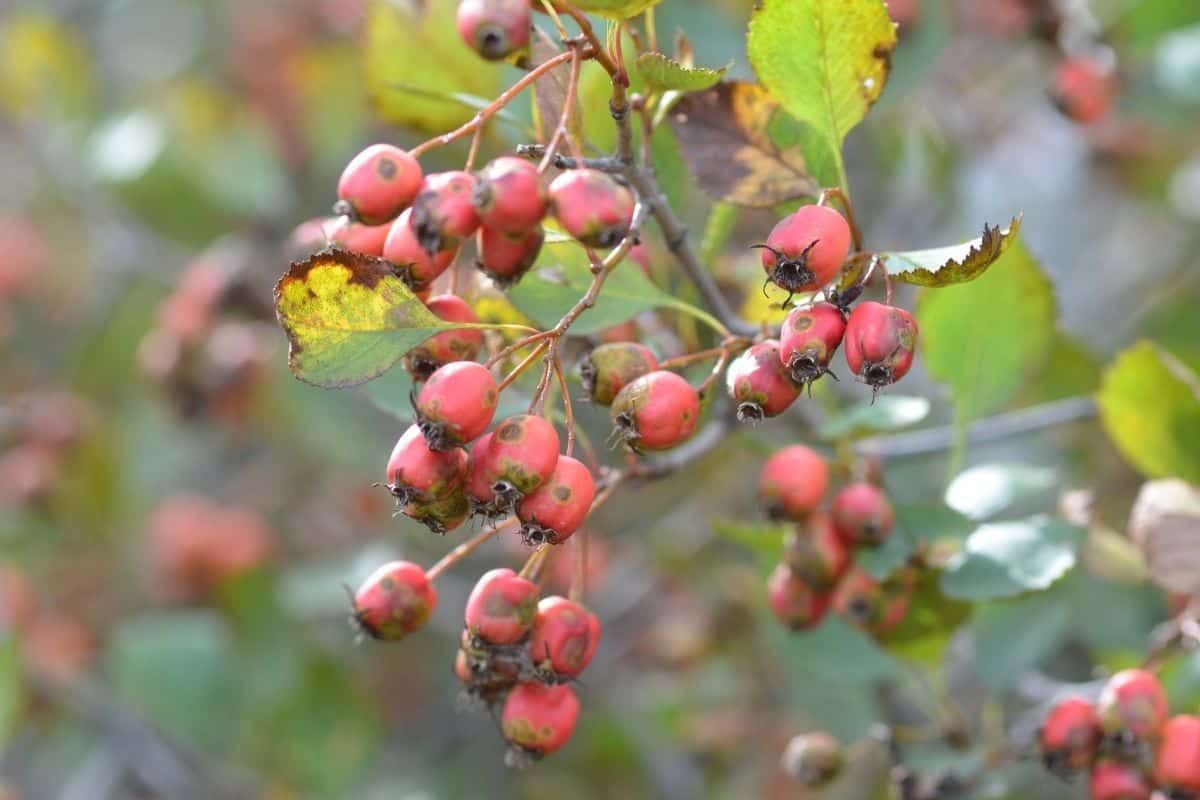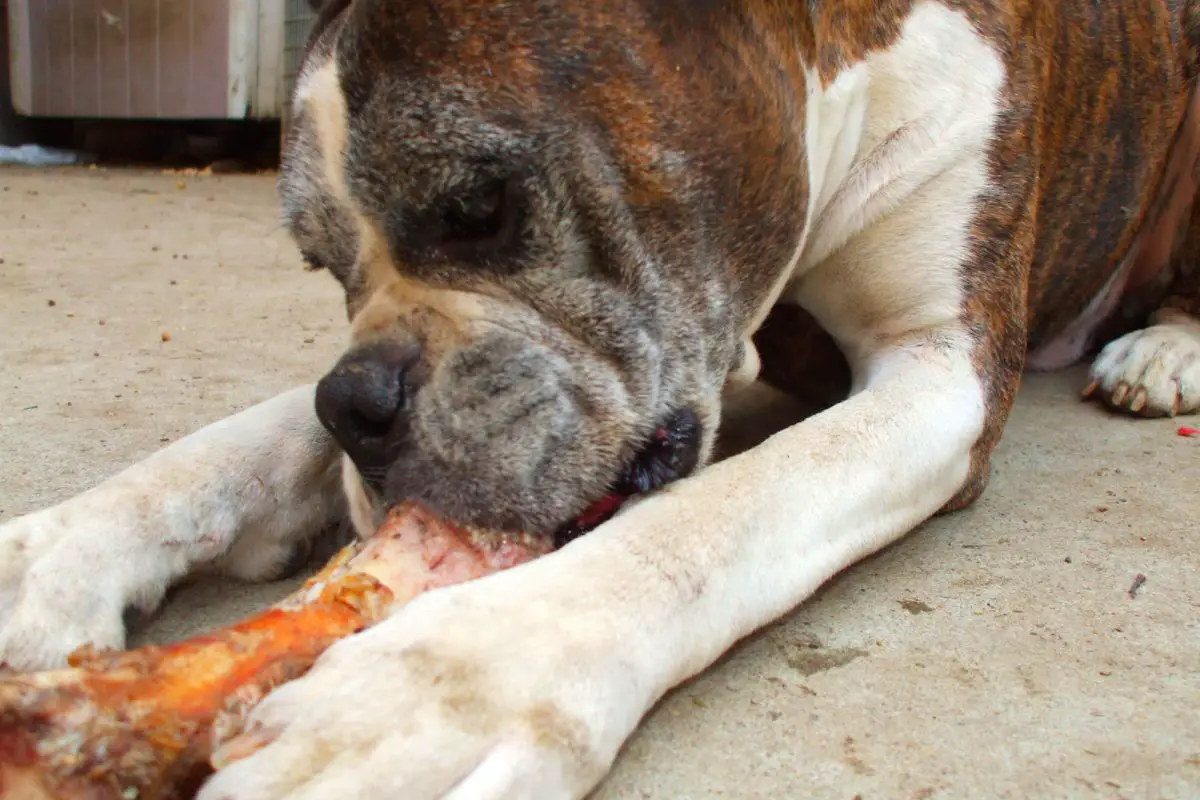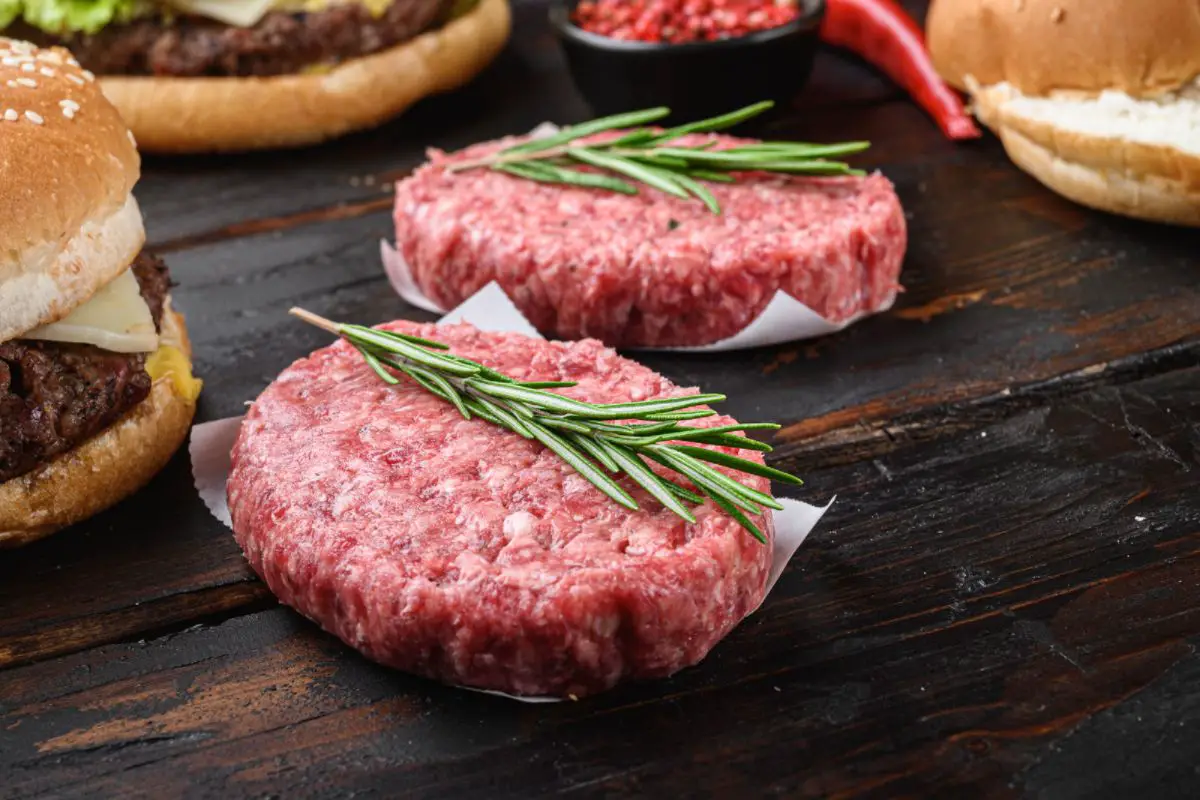This post contains affiliate links.
If you have a crab apple tree at home, you might be wondering if it’s safe for your dog to snack on the fallen apples. Crab apples contain plenty of vitamins and fiber, but they do also have toxins. Is it safe for dogs to eat crab apples?
Dogs can eat crab apples, but you want to be sure they only eat the fruit. The leaves, seeds, stems, and core of the crab apples aren’t suitable for dogs. These parts of the fruit contain materials that are toxic to pets. If your dog loves eating them, make sure you rake up the fallen ones often.
You can safely offer your pup crab apples, as long as you cut them first. If your pet happens to eat a few seeds, they will be alright. The problems arise when they consume too many toxins at one time, so let’s get started, shall we?
Table of Contents
Are Crab Apples Poisonous to Dogs?
Whole crab apples are poisonous to dogs.
However, only the seeds are toxic in crab apples. They contain a chemical called amygdalin, which changes into cyanide during digestion, which can lead to poisoning if your dog eats enough of them.
They contain toxins that can cause diarrhea and vomiting, and if your dog is small, they are more likely to receive adverse effects from the fruit. You will want to make sure your pet isn’t eating them when you let them outside.
You also don’t want your dog snacking on the leaves and stems of crab apples, either.
The concentration of toxins is lower than in the seeds, but amygdalin is still present in these plant parts. Only the fruit of the crab apple is safe to eat.
Signs of Crab Apple Poisoning
- Nausea or vomiting
- Diarrhea or loose stools
- No appetite
- Panting or trouble breathing
- Tremors or shaking
- Seizures
- Coma
Contact your veterinarian when you notice these symptoms after your dog eats crab apples. If they are not available, you can call the Animal Poison Control Center at (888) 426-4435.
You will want to react to a potential poisoning right away, as it could save your pet’s life.
Plus, the sooner your dog receives medical attention, the less likely they have lasting negative effects from the toxins. Potential long term effects include:
- Liver and kidney damage
- Thyroid problems
- Heart disease
- Digestion issues
What You Should Do If They Ate Too Many
If you think your dog ate too many crab apples, call your vet. They will let you know what to do first. They may tell you to induce vomiting in your pet, but you should never do this unless they ask you.
Your vet will likely want to examine the dog to determine its condition, as they may need medicine or a detox.
Ask your vet if you should offer your dog milk, bread, or tiny amounts of white rice. These foods slow the digestion of the seeds, allowing you slightly more time to react.
Even if your dog doesn’t look sick, it’s still a good idea to talk with your vet.
What Parts are Toxic?
The fruit of the apple isn’t toxic, but several other parts of it are.
You will want to make sure your pet doesn’t eat the seeds, leaves, and stems. You should also avoid the core since it is a potential choking hazard.
The seeds are usually the most significant problem since your dog swallows them with the rest of the fruit. However, your dog needs to chew them first to become toxic. If your dog ate them whole, they would likely pass through the digestive system without releasing the amygdalin.
Still, you will want to ensure that your pet isn’t consuming the seeds.
Eating too many can cause cyanide to build up in your dog’s body over time, which can cause several health complications. So make sure that they don’t eat crab apples unless you cut them apart.
Then you only want to offer small amounts of the fruit’s flesh.
What Do the Vets Say?
Many vets say that you don’t need to worry about your dog eating crab apples unless they eat a large amount. Most of the time, they only see stomach upset in animals that eat a small amount of the fruit.
However, they still recommend that you reach out to your local veterinarian.
They also recommend that you don’t allow your dogs to eat them in large quantities and that you stop them from eating the leaves and stems. So, if your dog ate a crab apple, you shouldn’t panic!
Keep an eye on your pup and see how they react.
How to Stop Dogs From Eating Crab Apples
Many dogs dislike the taste of these apples since they are bitter.
However, if your pet has a taste for the fruit, it is challenging to get them to stop eating them. Make sure you supervise your pet next time you let them outside.
If the crab apple tree is within the distance of where your dog goes, you will often want to clean up the fallen fruit. It can be a hassle, but your pet won’t eat the apples behind your back.
Some people resort to placing a fence around the tree, so their dogs can’t reach it.
You might benefit from setting up the ZENY Foldable Metal Playpen from Amazon.com in your yard. It gives your dog ample space to run but prevents them from reaching your crab apple tree. It’s a good option if you can’t always watch them while they’re outside.
If you want your dog to have more room to play, you could always put the pen up around just the tree instead.
Overall, you want to know precisely how many crab apples your pet is eating, and you won’t know if they can easily reach the tree since they can quickly gobble down the tiny apples.
Train Your Dog to “Leave It”
You should teach your dog the “leave it” command so that you can stop your dog if they notice a fallen crab apple. It can take time for them to learn this command, but it’s well worth it.
Start by showing your dog a treat and close your hand around it.
The dog should try to get you to open your hand. When your dog stops attempting to get the treat, offer your pup praise and the treat. This method teaches the dog that leaving the treat alone is what gets the reward.
When your dog does well, tell them “take it.” Once they master that step, you can move on to holding the treat in your open palm. Tell your pup to “leave it” and offer it after they ignore it.
Once your dog masters the command, you can tell them to “leave it” when they start going for the crab apples. This command should give you enough time to take the fruit away and throw it out.
Alternative Fruits to Offer as Snacks
The American Kennel Club says that you can safely offer your dog regular apples, which are full of fiber, vitamin C, and plenty of other nutrients. Plus, dogs love how crunchy they are!
Your dog will prefer them over crab apples.
Make sure you cut them into slices first since they are easier for your pet to eat. You will want to avoid giving them the seeds or the core of the fruit. As long as you offer these apples in moderation, they are safe for your pup to eat.
Dogs can also safely eat:
- Blueberries
- Bananas
- Melons
- Cucumbers
- Oranges
- Watermelon
- Peaches
Final Thoughts
You don’t want your dog eating crab apples off the ground since they still contain the seeds. While the fruit’s flesh is safe to eat, the seeds, stems, and leaves are not acceptable for your pet to eat.
You should always keep an eye on them if you have a crab apple tree in your yard.
There are plenty of other, safer fruits that your pup can enjoy. Why not offer one of those instead? Your dog will likely enjoy them more than bitter crab apples anyway.
Related Articles
- Can Dogs Eat Gummy Bears? (We Ask the Experts)
- Can Dogs Eat Sour Cream? (We Find Out)
- Can Dogs Eat Cheerios? (We Find Out)
- Can Dogs Eat Salmon Skin? Let’s Find Out!
- Can Dogs Eat Salt and Vinegar Chips (Read This First)
Sources
- Golden Retriever Love: Is It Ok If My Dog Eats Crab Apples?
- Journeys Mobile Vet: Are Crabapples Poisonous to Dogs?
- Just Answer Dog Vet: My dog ate multiple crab apples…
- Animal Poison Control Hotline
- AKC: Can Dogs Eat Apples?
- AKC: Fruits and Vegetables Dogs Can or Can’t Eat
- AKC: Training Your Dog to Ignore Items From Dropped Food to Bicycles & More
Mrdogfood.com is a participant in the Amazon Services LLC Associates Program, an affiliate advertising program designed to provide a means for sites to earn advertising fees by advertising and linking to Amazon.com. We also participate in other affiliate programs which compensate us for referring traffic.





